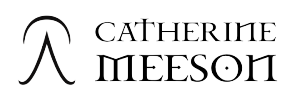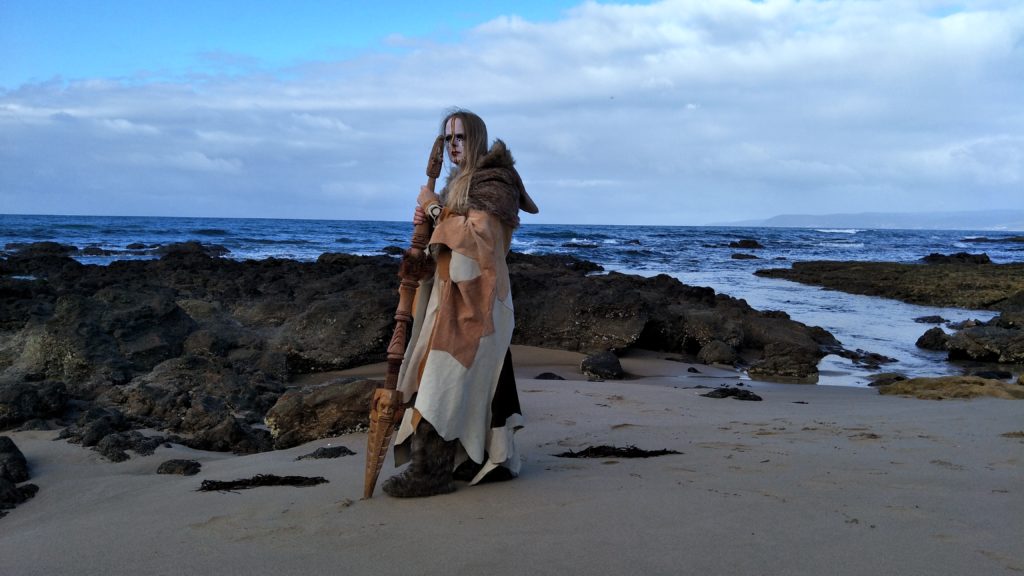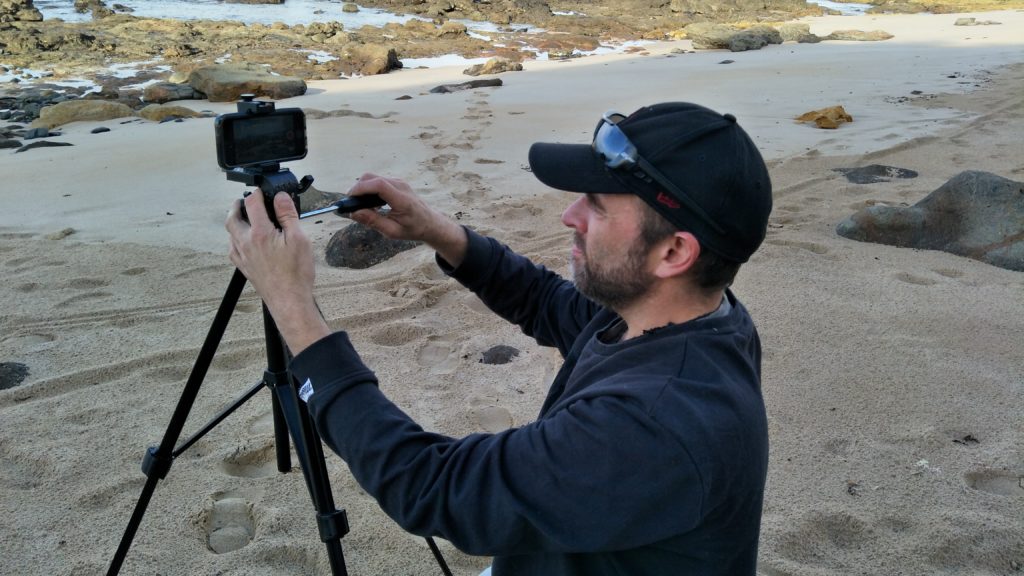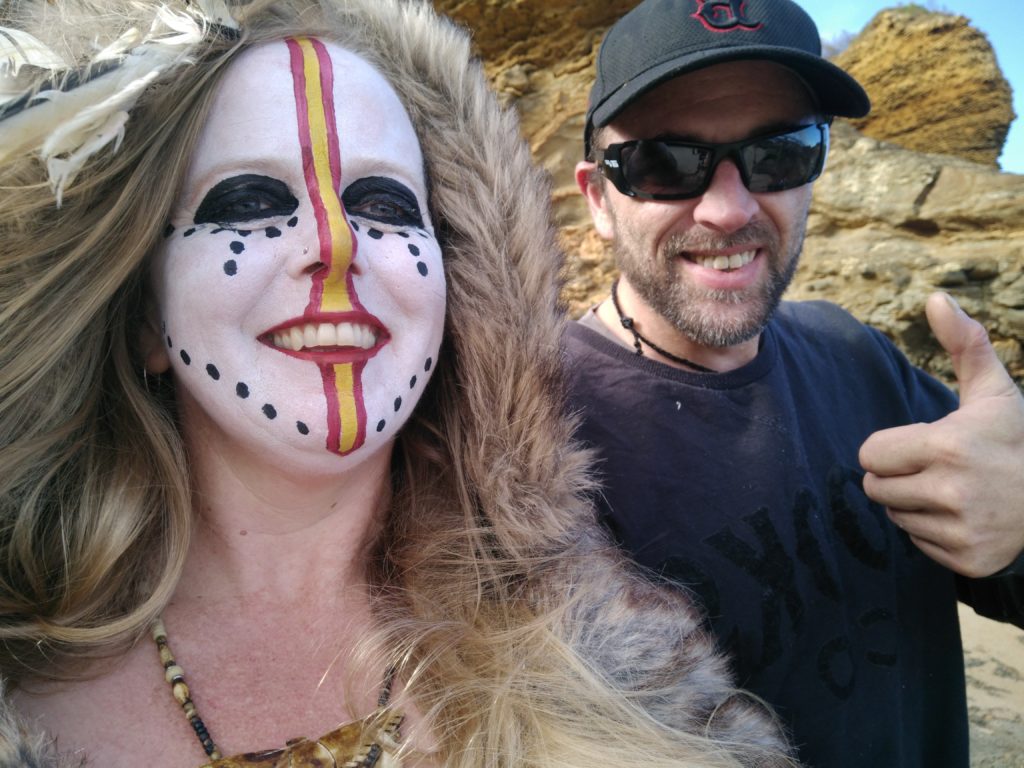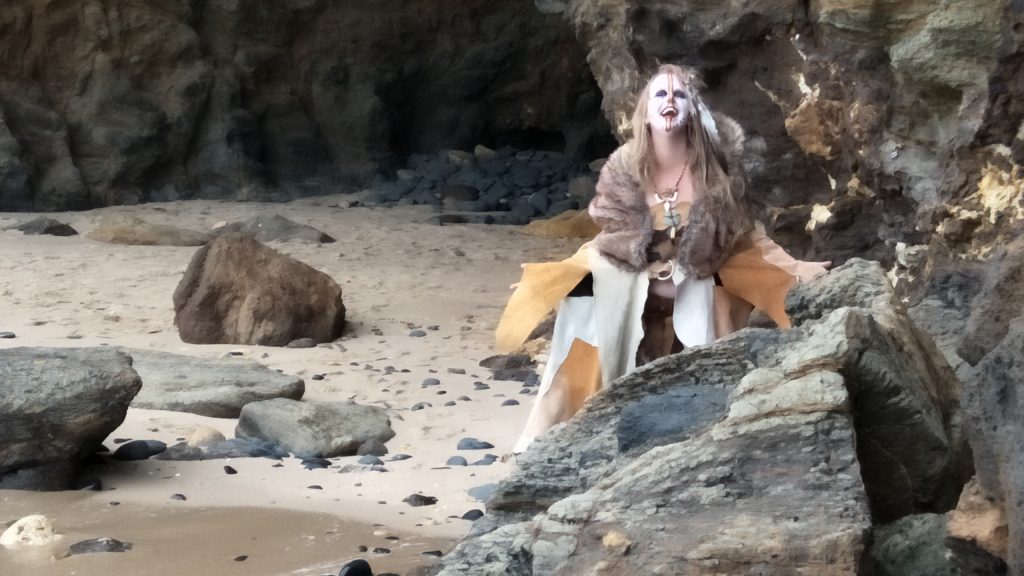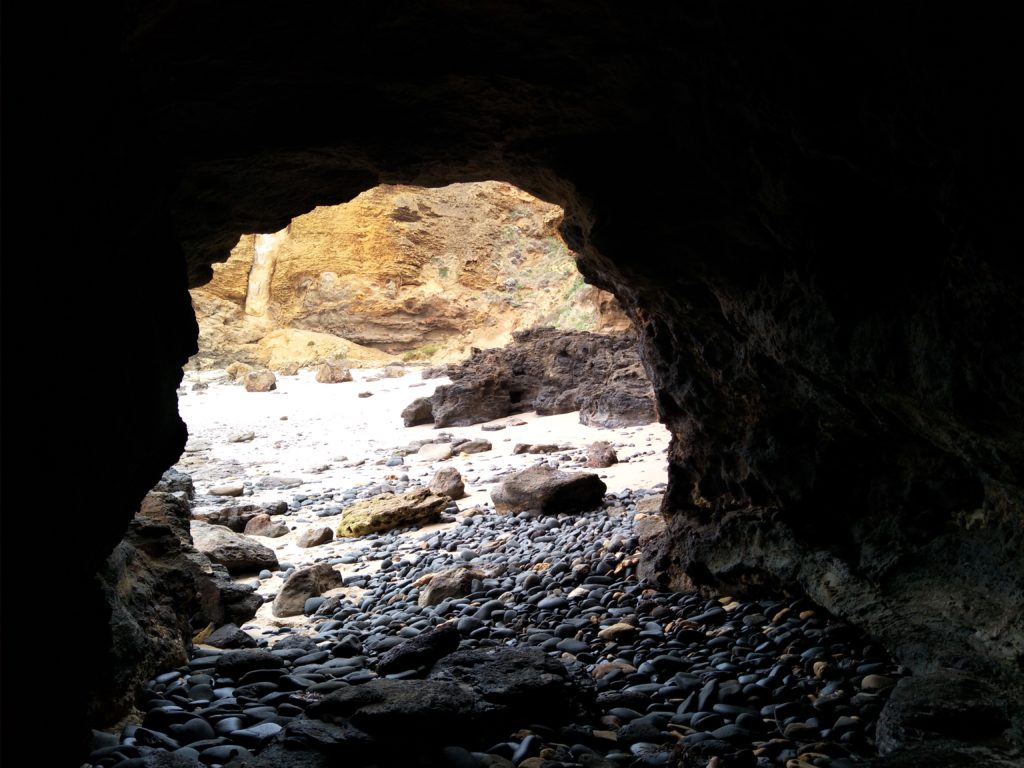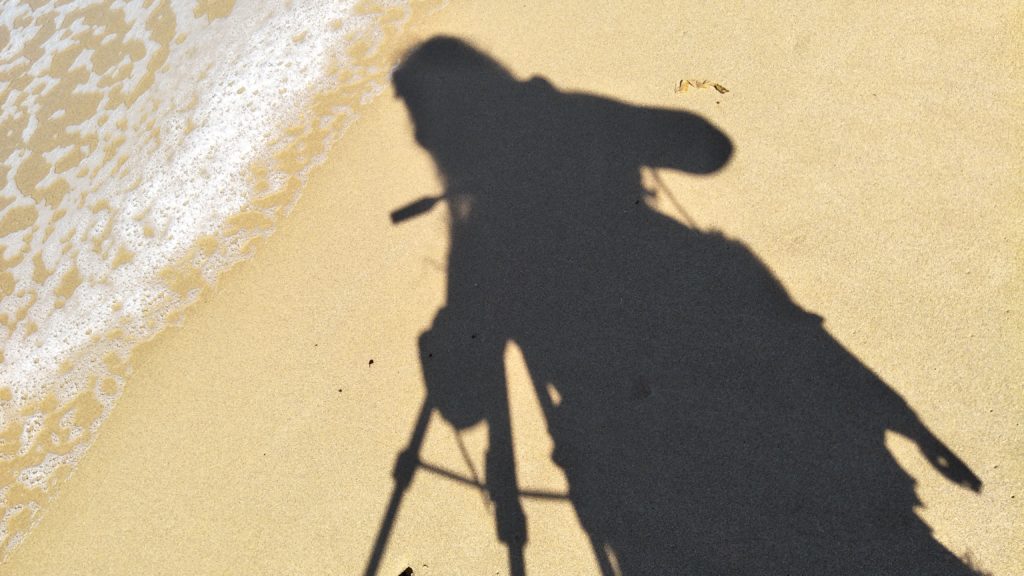by Catherine Meeson ©18/04/2019
Welcome to another ‘Composers on Craft Series’ blog. I have been writing these blogs for the last 14 months as I work on The Call of Oma album, an electroclassical concept album exploring spiritual , mythical and environmental themes through a central character called Oma and her memories as an embodied expression of the earth mother, or a messenger figure from the time of the last ice age, veiled in pre-history.
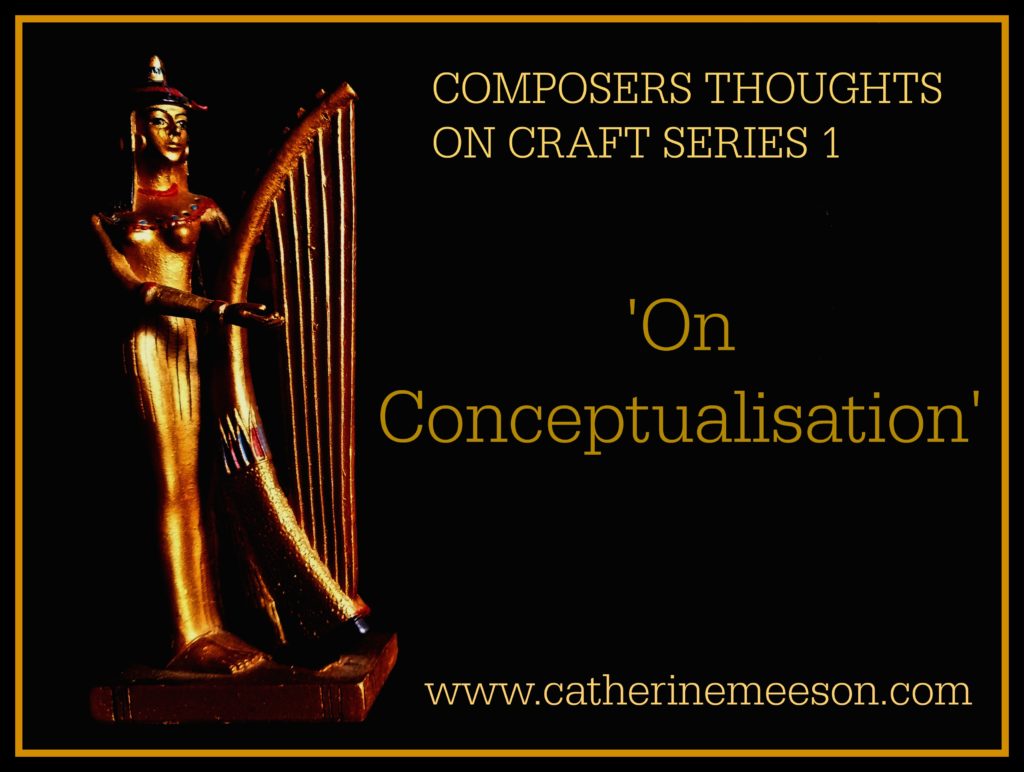
In previous blog archives, we started with On Melody, On Harmony, On Rhythm, On Form, On Instrumentation, On Timbre, On Space, On History, On Inspiration, On Improvisation and On Intention; which brings us to the current. Some of these blogs have been accompanied by video logs or ‘vlog’s which were originally created for my email subscribers, but have since been made available to everybody on Youtube. So if you go to my Youtube there is a specific playlist https://www.youtube.com/watch?v=XwOpRMXAoow&list=PL_Ck_yYXA-vQRmkERduAdeh-MCjL8s7z2
Unfortunately, due to technical issues with some of the videos, the frame rate was out, which was beyond my understanding at the time but has now subsequently been rectified so that video and audio will appear synchronised, my apologies.
With Composers Thoughts on Craft – On Conceptualisation we talk influences on the work in a global sense, academics, politics and social movements, spirituality and mythology, relational aspects, motivations and the earth itself. I described on an Instagram post how it is like life speaking for life, or an expression of the infinite seeking expression through the finite me. Every step along the journey with the conceptualisations of the music and the film clip and also with the event that I hosted on Earth Day 2017, has been a major creative process in itself, learning as I go, pushing the boundaries of my own creativity and seeking to work with others to make things next level.
Due to my current video On Conceptualisation (see the video and link below) being so long, over 30 minutes, I have opted for a shorter blog talk more about miscellaneous video and audio processes. What is a concept and what is conceptualisation? Concept can be defined as an abstract idea , plan or intention; also as a notion, or a picture. If we look at the root of the word, conceive becomes apparent. Conception is something very native to women, as a something that is received and given birth,(life) so the concept for this album has been the receiving of an idea and giving birth to that idea with the communication of a vast array of meaning from seemingly unrelated fields of human endeavour, making it into a story form in musical mythology. Such fields of human endeavour cover mythology, anthropology, earth sciences, performance, music composition and engineering and more.
Artists take information in in a unique way, which then subsequently sits within the cup of self to become transformed from an at times bitter cup to a sweet elixir. It is a mystery as deep as consciousness and spirit itself. Any creative will tell you that it can be a very mysterious process how something is birthed out of the nothingness of the great void. I believe we are guided in our works and for me the influence again of Quan Yin, the divine mother bodhisattva who ‘hears the cries of the world’ influences this work is in essence, as a call from life itself, as an expression to being for the unfoldment of both the beauty and potential, that is life itself.
In my video I discuss politics and activist networks, social movements and how such things as the Earth Charter, The Rights of Nature, Earth Guardians and the newly formed collective of The Extinction Rebellion is a rising up of the will of the people to act in defence of life itself. I don’t specifically say those words, but the essence of these organisations is of the ‘collective will and heart of people united as one for the greater good’. In my vlog I say ‘what is politic in the world, but the governance of the relationship between all things by power structures?’ That is something I would like you to ponder, for we cannot have the changes that we need to see in the world without a degree of political process, for the very coming together to deliberate action involves people, it involves relation, tolerance and negotiation, the representation of views and of power structures and these are inherently birthed in unstable conditions ‘a.k.a politics’.
I’ve written various diary entries as I go. In my diaries and my production book I also ask questions along the way, some may not be answered but lead to the process itself and guide my footsteps. With the conceptualisation of the Come Back film clip, I ask how do I begin the video, with what imagery at the start and where does it end, with what ? I have been working to a sort of reverse storyboarding process whereby I did a site scouting visit, observing the light, the conditions, the shapes in the environment and the place itself. I contemplated what that could offer to the work and how Oma might interact in place, because it’s like a site-specific performance that is captured on video, to be later shaped into form for the film clip. I found that in communicating what I hope to communicate through the video, there are so many perspectives to communicate and it is more than just my character, there is more than the communication of the music, there is the essence, there is the arts (pleural) of cinematography of which I’m a total novice. But each time I make work (especially videos) I come to understand the many roles involved in a production process and how specialised each is and what it does and wish that I had a team of people to help me. For if I had to pay everyone to do what I do I would need extensive funds.
So, the essence of what I hope to communicate through the Come back film clip is of a strong ancient woman, who is guardian and messenger for the Earth and speaks for the oceans, from the great womb of all things, reminding us all that all life came from the ocean floor and that we all need to return to it (the source of relation and form). This I do through the art, through the lyric, through the melancholic tonality, and through the rich imagery of place so that it may speak for itself the essence of the ancient Earth expressed through the geology of the foreshore. Australia is acknowledged as being amongst the oldest landmass on earth, birthed out of Pangaea in the early Cretaceous era, between 50 – 240 million years ago with the breakup of Gondwanaland. According to National Geographic, Australia holds the oldest continental crust on earth, suggesting that the Jack Hills of Western Australia are the oldest hills on earth, about 4.4 billion years old. (Vergano 2014, p. n.a). Anyone who has been in Australia and travelled along as coastlines can appreciate the rugged beauty and age.
It’s hard to know what you want and need for a production, when you are just figuring it out as you go. Video production is similar to how it is with music, it is the doing process, the filming, the reviewing that is teaching me what I need to know and learn, from camera work, to all sorts of processes on-site, including more forethought and strategy with things like storyboarding. Yet I cannot possibly plan everything, where is the fun in that? the moment, the dynamic of interaction, of relationship and the speaking of time and place? When one has a concept only, with shot ideas and is flying on trust with limited time and budget, one does the best they can with what I’ve got. Working experimentally with a friend who’s never done anything like this before is a grand adventure for both of us. Using an App versus a smart phones native settings, I was blown away by the different results there. The conceptualisation of Come Back was easy, the execution and improvisation on-site easy, but the post production will be a challenge, to detect technical issues and sift through the lack of knowledge on my behalf. Good old YouTube tutorials. With On Conceptualisation in post production review, I am currently at the cut phase with 5 separate video tracks that need to be reviewed, cut down, and final takes selected. It’s like a jigsaw puzzle, but I don’t know which pieces will go with what fulfilling the vision yet. I’m thinking I should save and edit an A and B version so I can reference different possibilities?. There is also so much footage that I am also contemplating making a short movie that features Oma’s thoughts and ambient soundscape elements. This will use footage I don’t get to use, as I took significant B roll footage. The coastline, sandy beach, inter-tidal zone, the horizon line, the geology, it is all too beautiful to not feature more. The song comes in at only just over 4 and half minutes, so will end too soon.
We were racing against the tide not knowing quite how high it would come in dangerous conditions with slippery rocks. My poor boyfriend collided with rocks a lot. I nearly got knocked off the rocks at high tide like Venus rising from the ocean (you’ll see a suggestive Oma in that position at the end of the vlog of Composers Thoughts on Craft On Conceptualisation). We had heaps of fun working under pressure with loosely defined roles, with little preparation or training and I think my helper for his role in capturing moments making what I hope will be the completion and communication of a beautiful conceptualisation, coming straight from the heart of life itself. For many years I’ve been very passionate about communicating environmental issues and speaking on behalf of life, for life. The oceans have long held a special place of great power in my heart and mind. When I was 12 years old I dreampt of being a marine biologist, that was before I discovered music. I still want to learn how to sail and loved swimming with sharks and stingrays at the Goldcoast. One of the greatest gifts is to be in awe of the community of life, it truly is breathtaking, and a profound mystery we will never adequately explain.
So, in essence the conceptualisation of anything starts with an idea. There is a process of brainstorming, breaking it down into what do I need to do to manifest this, to make it actual and then the slow process is broken down into further chunks, into time based tasks and so forth than executed. It really is as simple as conceive the idea and go about it. Don’t be afraid to learn as you go. Don’t let perceived lack of knowledge, tools, resources or finance be a hindrance. Let that fuel the work and fuel innovation so that there is no barrier to achieving your creative vision.
Offered below are the links mentioned in the video for the Earth Charter, The Deep Time Walk, The Rights of Nature, Earth Guardians, The Earth Protectors Trust Fund and Extinction Rebellion. These are given as resources for you to exploit. It is my hope that some of what I communicate meets with the truth of your own experience and moves you in such a way that you feel passionate enough to do something about ‘it’ in whatever way you can, whatever way makes your heart sing, with your life and with your skills.
I intend to publish Come Back on the June 8 ‘World Oceans Day if all goes to plan. Look out for the video and don’t forget to watch the Youtube vlog that goes with this blog. Hit like and subscribe on my Youtube, Facebook and Instagram (links below). Thank you for journeying with me. I look forward to bringing you the completed conceptualisation in the form of the album The call of Oma later this year. I will be launching a crowdfund post film clip release to help pay for ots mastering, I would so love your help to bring this to fruition.
My hope is that in documenting my creative process and thoughts along the way, that it may inspire others with their work and ideas and maybe open the field of possibility.
Much love and many blessings always, in service of life, Catherine
WEBLINKS TO BLOGS AND VIDEOS
Subscribe here https://www.catherinemeeson.com/ship-mates/
Join me on Facebook https://www.facebook.com/CatherineMeesonMusic/
Join me on Instagram https://www.instagram.com/catherinemeesonmusic/
YouTube subscribe https://www.youtube.com/user/CatherineMeeson
Composers Thoughts on Craft Series- On Conceptualisation
BIBLIOGRAPHY
Vergano, D 2014, ‘Earths Oldest Crust Dates to 4.4 Billion Years Ago’, National Geographic, 24 April.
